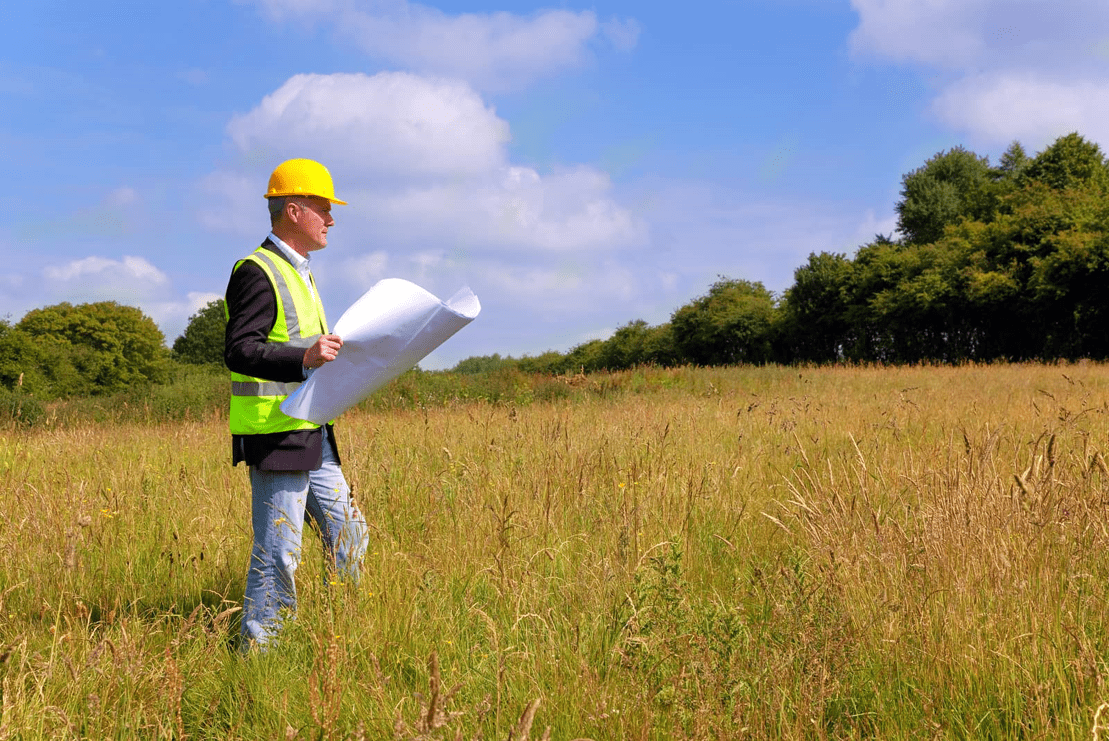
How Can You Subdivide Your Property?
You may have heard that subdividing land can be a great way to boost the value of your property, but it’s not always a viable option. Can you subdivide your property, and if so, how can it be done?
Before you begin the process, you’ll need to check if you can indeed subdivide your property. A range of factors come into play here, including how big the property is, the zone it falls within, whether or not there are homes already built on the land, the land’s general safety risk levels, and other existing title restrictions. Subdividing land may also require you to implement new stormwater or wastewater drains, or the existing drains may need upgrades.
Once you’ve cleared all these requirements with the local council, you can begin the process, outlined below.
Land Subdivision – What to do First
The best place to start is with the Auckland Unitary Plan, which outlines a number of rules surrounding splitting property into multiple titles. The first thing you should check here is the zoning of your property. Much of the information you need for the process is available through the Auckland Council website, including the Auckland Unitary Plan Map, here, which helps you find the zone your property is in.
At this stage, having a consultant can help, as pre-application guidance can be a valuable resource toward navigating the process no matter what kind of subdivision you’re pursuing.
Main types of Property Subdivision
Once you’ve made sure your property meets the requirements, you need to choose the type of subdivision to utilise. The three most common types in NZ are:
- Fee Simple. This subdivision is used for splitting one property into two or more new sections. This is the most common type overall.
- Unit Title. This form of subdivision is used to share one piece of land between many housing units, which share a body corporate, and have common ownership over things like courtyards, driveways, and gardens. This is often used for retirement villages, or apartment buildings.
- Cross Lease. This subdivision was much more common in the past. In Cross Lease subdivisions, a lease is created for each flat—a flat in this case is the same basic idea as a unit above, except all leaseholders of a flat hold common ownership over the land.
What else is involved in the Subdivision Process?
You may have dealt with resource consent applications before, but subdivision resource consent applications are a little different. For one thing, finding out the overall subdivision cost ahead of time is ideal. If you talk to a professional, you should be able to get a fair idea of what it will cost.
Costs can include a whole range of things, including council fees, consent processing costs, access and infrastructure costs, professional fees, and development contribution fees. This usually amounts to between $100,000 to $130,000. Licensed surveyors are the best way to find out how much the process will cost, as they will be able to examine the land and predict costs for you, giving you an estimated quote to work from.
Surveyors are able to make the process much easier in other ways, such as by providing guidance and assistance with all the major requirements listed above, e.g. identifying the need for new or upgraded drainage, ensuring compliance with the Auckland Unitary Plan, etc.
What other requirements are there?
A few other things may come up depending on what your subdivision intentions. For instance, you may be subdividing to sell, or subdividing to build for yourself. Depending on these factors, you might need to seek other consents along with the standard subdivision consents. This might mean seeking land use resource consents or building consents. You may also need to get engineering approvals if building.